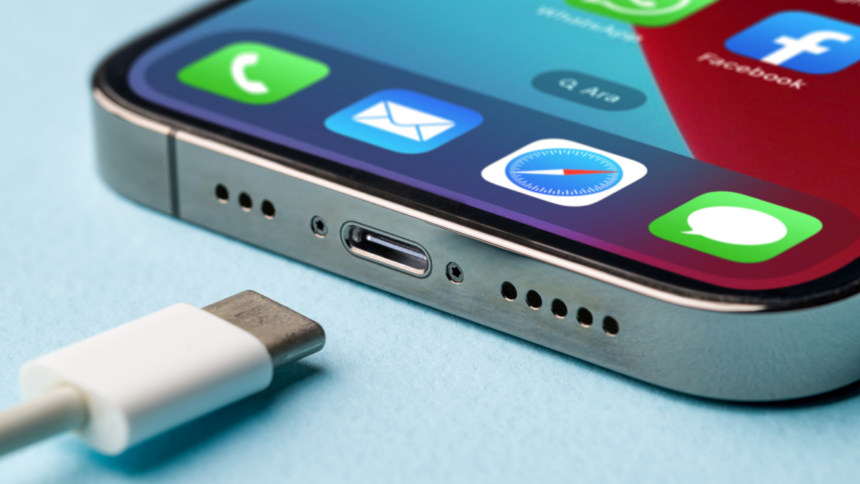Exciting Prospects for iPadOS 19 and iPhone’s Future Capabilities
Speculation has arisen that Apple is exploring enhancements to align the iPad more closely with Mac functionalities in the upcoming iPadOS 19. While a full macOS is unlikely to make its way to the iPad, updates may significantly shift the tablet functionality, making it resemble a desktop experience more closely. Notably, it seems that iPhone users could also be in for a treat with similar advancements.
A recent article regarding the rumors surrounding iPadOS 19 reveals insights from informant Majin Bu, who noted, “iOS 19 isn’t lagging behind. Sources suggest that iPhones equipped with USB-C will support external displays and feature an interface reminiscent of Stage Manager. While this won’t offer a complete desktop mode, it will enable users to expand their display area, which is fantastic for tasks like presentations, editing, or enhanced viewing.”
If these claims are accurate, it would mark a significant evolution for the iPhone. Currently, Apple allows screen mirroring to external displays, but the concept of an extended display is a novel idea. With the latter, users could have different applications open simultaneously across multiple devices. Imagine presenting slides on a larger screen while simultaneously reviewing notes on your iPhone.
In contrast, screen mirroring presents various limitations, as it merely displays the contents of your iPhone’s screen on a larger surface. Though useful, this can lead to privacy concerns, as everything visible on the iPhone’s display is projected to the external screen. The ability to keep one’s iPhone content private while managing what appears on another display would indeed revolutionize how users share information.
Extended displays also accurately account for the dimensions of the device connected. For example, when mirroring your iPhone to a TV, the orientation may default to vertical. In landscape-supported applications, flipping the iPhone allows for a broader view, though this rarely aligns perfectly with typical monitor or TV ratios—unless using older iPhone models characterized by a 16:9 display. While video playback will respect the original aspect ratio, the overall experience often falls short of expectations.
However, Majin Bu does caution that potential issues regarding resolution and the number of applications supportable on extended displays might arise. As it stands now, these rumors lack robust grounding, offering limited information for speculation.
This initiative, if true, would not be unprecedented. Apple’s iPads already utilize a feature allowing extension to other displays through Stage Manager, and various smartphones feature desktop modes, such as Samsung’s DeX.
Does this “desktop” mode hint at a new device?
Reports from 9to5Mac suggest that this anticipated feature may not solely signify Apple’s current vision for the iPhone. Instead, it could be positioning for a different device: the iPhone Fold.
While the rumored foldable iPhone is believed to still be at least a year away, 9to5Mac suggests that its impact is already felt. According to the outlet, the device would function as an iPhone when folded and transition to an iPad mini format when opened, making a desktop mode highly advantageous.
This perspective holds merit: if a foldable iPhone would gain from desktop mode or at least extended display capabilities, testing the waters with current iPhone models could be a strategic move while work on the foldable progresses. Of course, all of this remains speculative, and it’s unlikely that Apple will unveil a foldable phone during WWDC 2025. Yet, introducing an extended display mode within iOS 19 could provide valuable insights into Apple’s future direction regarding the iPhone.












